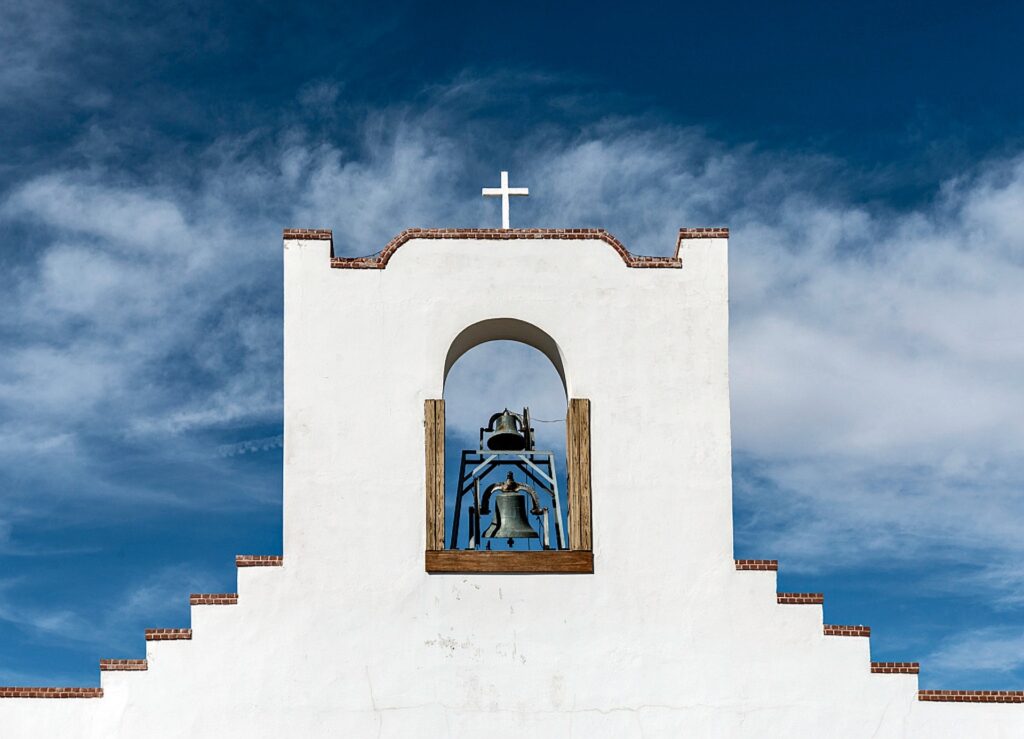The city of Lystra is mentioned six times in the New Testament. Lystra was a city in Lycaonia that was inhabited mostly by Gentiles. St. Paul the Apostle visited Lystra. What lessons can we learn from his missionary journey there? We will review in this post.
Overview of Lystra
| Description | Lystra |
|---|---|
| Location | Asia Minor |
| Country | Lycaonia (Galatian Province) |
| Today’s location | South Central Turkey |
| Inhabitants | Gentiles (mostly Romans) |
| Visited by Apostles | St. Paul and St. Barnabas |
| Hometown | St. Timothy (also see Derbe) |
| Nearby Cities | Iconium, Derbe |
An Icon of the Apostle Paul
The apostle Paul played an instrumental role in evangelizing the community in Lystra about the Christian faith. He nearly died for his efforts there. Paul, Barnabas, and other companions such as Timothy and Silas proclaimed the good news of the gospel to the communities in Lystra, Iconium, and Derbe in the region of Lycaonia.
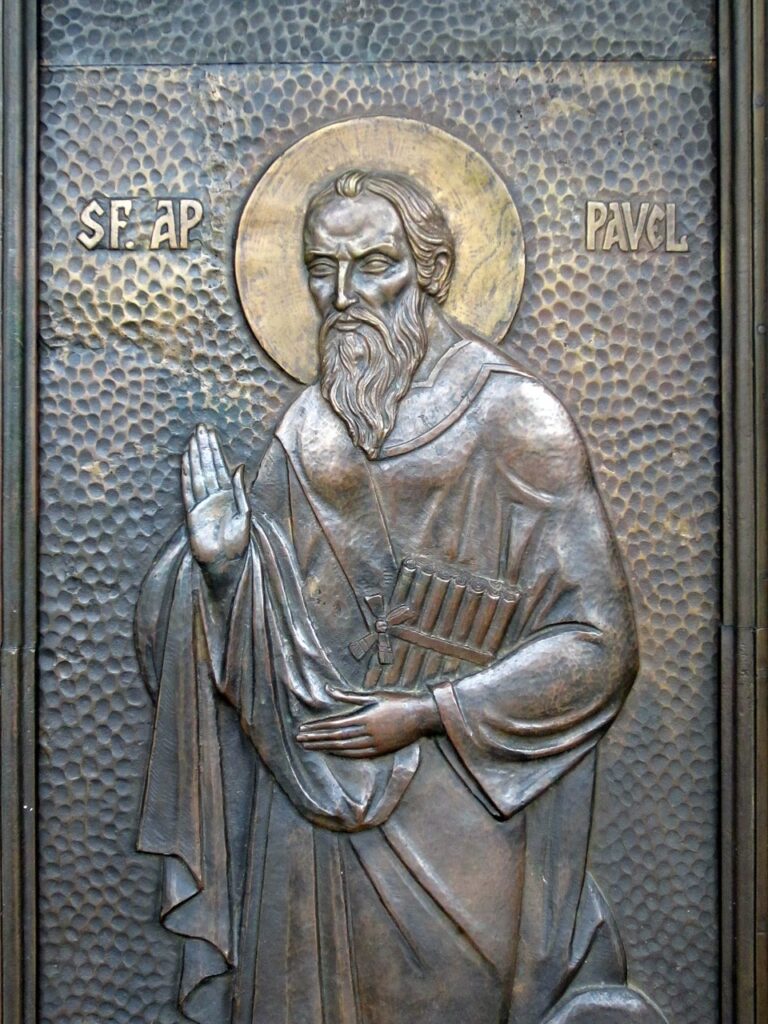
Lystra in the Book of Acts
This is the first verse in the Bible that mentions the city of Lystra. Paul and Barnabas fled there to seek refuge from the persecution they experienced in Iconium.
Paul and Barnabas fled to the Lycaonian cities of Lystra and Derbe and to the surrounding countryside, where they continued to proclaim the good news. Acts 14:6b-7
Paul and Barnabas Visit Lystra
Lystra was one of several communities that Paul made visits to during his missionary travels. St. Paul is known as the Apostle of the Gentiles. Paul and other apostles such as Barnabas visited these communities and preached the good news of the gospel to the people there. Lystra was significant because it did not have a synagogue.
Gentiles in Lystra Worshiped Greek Gods
Most of the people of who lived in Lystra worshipped Greek gods and goddesses.
When the crowds saw what Paul had done, they cried out in Lycaonian, “The gods have come down to us in human form.” Acts 14:11
A well known exorcist, Fr. Gabriele Amorth, pointed out that when people do not have faith in God, they often seek consolation in superstition and the occult.
When faith disappears, one abandons himself to superstition and occultism. – Fr. Gabriel Amorth
3 Lessons Learned About Lystra
As with anything in the Bible, you can better learn about God and focus on the things of God when you read and consider the various events that occurred in the Bible. In this instance, we will consider what happed at Lystra when St. Paul visited there.
Lystra Lesson #1
St. Paul healed a crippled man at Lystra.
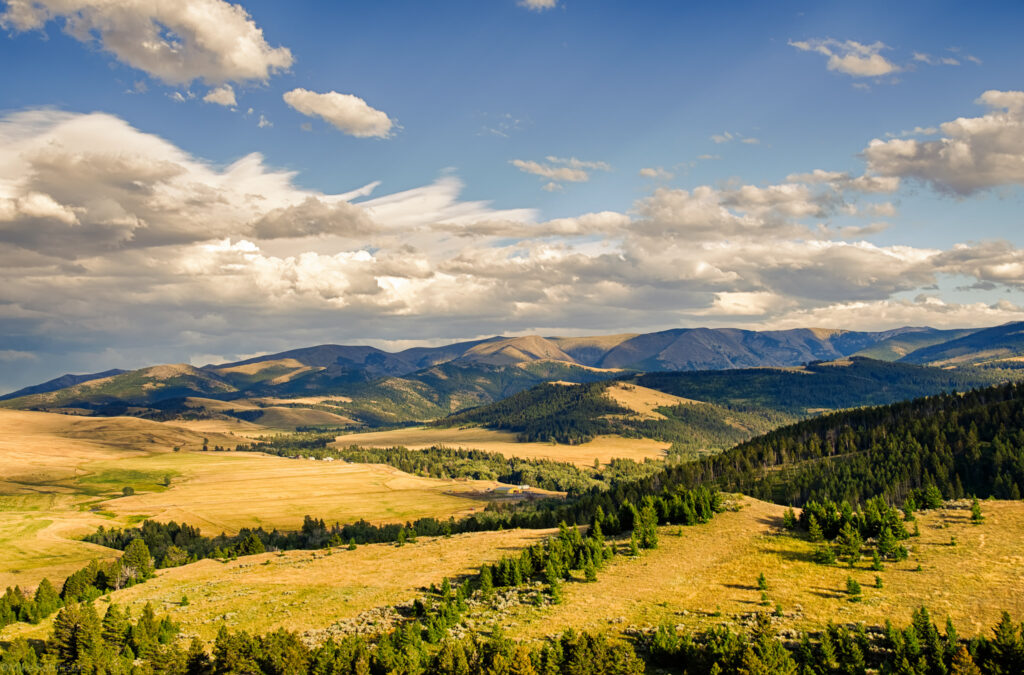
Paul called out in a loud voice, “Stand up straight on your feet.” The crippled man jumped up and began to walk about. Acts 14:10
The Power of the Holy Spirit Flows Through Paul
This is the first healing miracle of St. Paul in his ministry to the Gentiles. Paul went on to perform other healing miracles, including an exorcism of a demon in Philippi. Paul also raised a young man named Eutychus from the dead while he was in Troas.
Here is a summary of the miracle performed by St. Paul:
A Crippled Man Needed Help
There was a lame man in Lystra who had never been able to walk before.
At Lystra there was a crippled man, lame from birth, who had never walked. Acts 14:8
Paul Saw That the Man Had Faith in God
Despite being disabled since birth, it did not stop the crippled man from having faith in God that he could be healed. The crippled man’s faith was similar to that of the woman with a hemorrhage who touched the tassel on Jesus’ cloak to be healed.
He listened to Paul speaking, who looked intently at him, saw that he had the faith to be healed, Acts 14:9
The Crippled Man is Miraculously Healed By Paul
And Paul called out in a loud voice, “Stand up straight on your feet.” He jumped up and began to walk about. Acts 14:10
The Power of the Holy Spirit
When the power of Holy Spirit heals someone in the Bible, there is generally an indication the person healed has been fully restored to health.
It is noticeable in this passage with the crippled man jumping up and walking about.
According to St. John Chrysostom, the man was completely healed from being born lame, and the miracle was witnessed by the people in Lystra.
It was a proof of his perfect cure, the leaping. And when the people saw what Paul had done, they lifted up their voices, saying in the speech of Lycaonia, The gods have come down to us in the likeness of men. – St. John Chrysostom
Lystra Lesson #2
Paul proclaimed Good News to the people.

We proclaim to you good news that you should turn from these idols to the living God, ‘who made heaven and earth and sea and all that is in them.’ Acts 14:15b
Paul and Barnabas Proclaim the Gospel
It should be first noted Paul and Barnabas were visibly upset that the people of Lystra thought they were gods. After witnessing the healing miracle Paul performed with the crippled man, the crowd thought Paul was Hermes (because he speaks) and Barnabas was Zeus. Paul and Barnabas tear their garments in protest.
The apostles Barnabas and Paul tore their garments when they heard this. Act 14:14a
Paul emphasizes to people in the crowd that they are ordinary human beings that serve the true and living God who created heaven and earth and all of the natural beauty experienced in God’s creation such as a spectacular sunrise or a gentle breeze.
Paul Explains God Allowed Them to Be Pagans
It is mentioned in both the Old Testament and New Testament that God will allow people to follow their own ways. In the book of Psalms, it says he lets His people live in the hardness of their own hearts. Paul also discusses in the first chapter of Romans how God handed people over to their own undiscerning minds and passions.
In past generations He allowed all Gentiles to go their own ways; Acts 14:16
Paul Preaches About a Merciful and Loving God
Also in the first chapter of Romans, Paul discusses how humanity can see the work of God in the beauty of creation, with the sky and the heavens, and with nature on earth.
Yet, in bestowing His goodness, He did not leave Himself without witness, for He gave you rains from heaven and fruitful seasons, and filled you with nourishment and gladness for your hearts. Acts 14:17
God Is a Merciful God to the Bad and the Good
Paul explains to the crowd the mercy they have received from God. Jesus Himself teaches what Paul preaches to them about the goodness of God in the Gospel.
The Father makes His sun rise on the bad and the good, and causes rain to fall on the just and the unjust. Matthew 5:45b
Lystra Lesson #3
Paul was persecuted for proclaiming the Gospel.
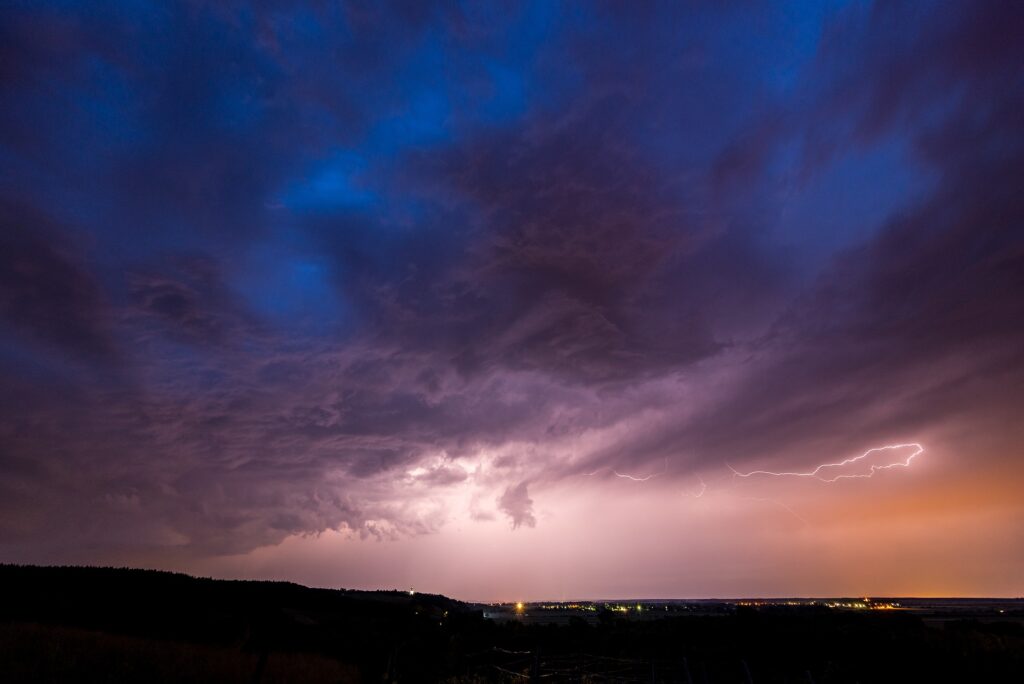
Some Jews from Antioch and Iconium arrived and won over the crowds. They stoned Paul and dragged him out of the city, supposing that he was dead. Acts 14:19
Paul Was Stoned and Dragged Out of the City
Just minutes before they were going to declare Paul a god by offering a sacrifice to their gods. The arriving people from Iconium who incited the crowd were most likely the same ones who rejected Paul’s teaching there where Paul was also persecuted.
Paul Rose Up and Continued the Mission for God
Paul did not allow the persecution he experienced from the incited crowd to stop him from continuing his mission to proclaim the gospel in the territory of Lycaonia.
But when the disciples gathered around him, he got up and entered the city. On the following day he left with Barnabas for Derbe. Acts 14:20
Paul May Have Nearly Died From the Stoning
If you read this passage about Lystra in Acts (Acts 14:8 – 20), you will notice there is a lot of activity and detail that is not provided but has been given for us to consider.
An example would be did the disciples pray for Paul before he rose? How bad were Paul’s wounds? Was Paul unconscious, dead, or was he just acting like he was dead?
Paul may have had a vision of heaven while having a near death experience there.
I know someone in Christ who, fourteen years ago (whether in the body or out of the body I do not know, God knows), was caught up to the third heaven. 2 Corinthians 12:2
Paul Experienced Persecution Similar to Christ
It possible that Paul may have even died from the stoning, but the prayers of the disciples that were gathered around him brought him back to life!
The Greek word anistēmi is the word used to describe Paul rising back up and continuing on with the mission to the nearby city of Derbe.
Anistēmi is the same word Christ used to describe Himself of being persecuted and rising from the dead to His disciples in St. Matthew’s Gospel.
“ And He will be raised on the third day.” Matthew 20:19b
More About Lystra
The Apostle Timothy Was a Resident of Lystra

Paul reached (also) Derbe and Lystra where there was a disciple named Timothy, the son of a Jewish woman who was a believer, but his father was a Greek. Acts 16:1
Timothy was a resident of Lystra area. He may also have been from Derbe. Timothy was a fellow disciple of Jesus Christ, and he was a loyal companion of Paul. Timothy was liked by fellow believers in the Lystra community and also nearby Iconium.
The brothers in Lystra and Iconium spoke highly of him. Acts 16:2
Paul was much older than Timothy, and he treated him with love and respect. Paul even mentions Timothy’s mother by name, Eunice, and his grandmother, Lois, in 2 Timothy. Timothy made several missionary travels with Paul.
As they traveled from city to city, they handed on to the people for observance the decisions reached by the apostles and presbyters in Jerusalem. Day after day the churches grew stronger in faith and increased in number. Acts 16:4-5
Timothy’s Family in the Lystra Community
Timothy’s father, who was a Greek, may have been from Lystra. It unknown if he converted to the faith. Timothy’s mother, Eunice, and his grandmother, Lois, were probably also from Lystra or Derbe. It is most likely they converted to the faith by Paul and became Christians. Paul speaks highly of both Eunice and Lois for their faith.
I yearn to see you again, recalling your tears, so that I may be filled with joy, as I recall your sincere faith that first lived in your grandmother Lois and in your mother Eunice and that I am confident lives also in you. 2 Timothy 1:4-5
Summary of Lystra Verses
There are six verses that mention Lystra in the New Testament. Five verses are from Acts of the Apostles and one verse is from St. Paul’s Letter, 2 Timothy.
| Reference | Verse |
|---|---|
| Paul and Barnabas visit Lystra. | Acts 14:6 |
| Paul miraculously heals a crippled man. | Acts 14:8 |
| Paul and Barnabas proclaim and make disciples. | Acts 14:21 |
| Paul meets Timothy in Lystra and Derbe area. | Acts 16:1 |
| Timothy is well liked by other disciples. | Acts 16:2 |
| Paul teaches Timothy by example. | 2 Timothy 3:11 |
Lycaonia and Surrounding Cities
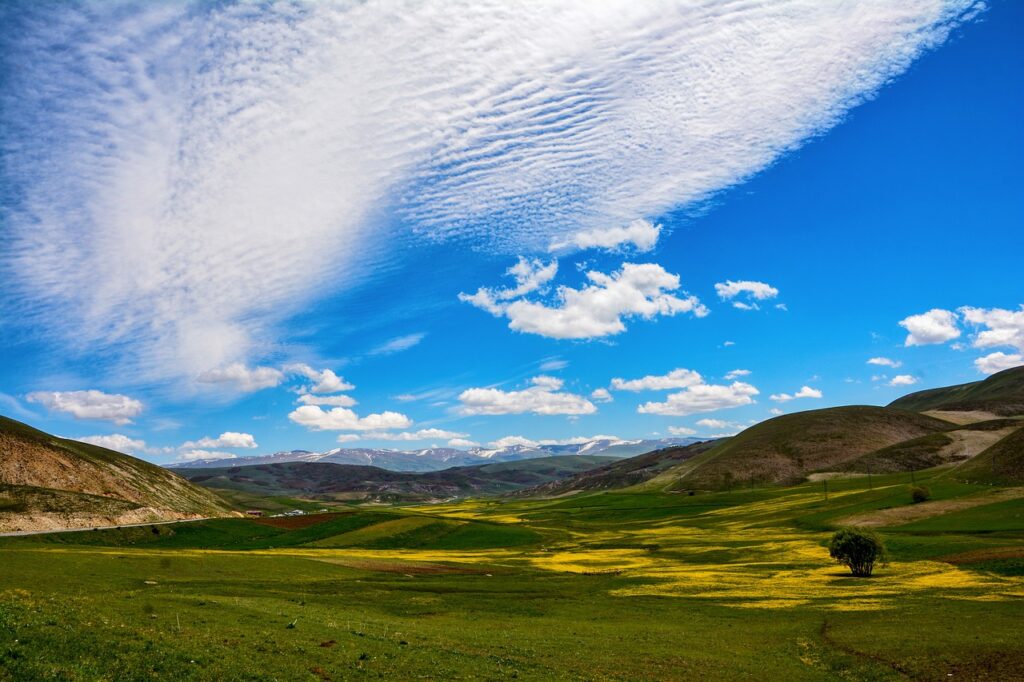
Lycaonia
Paul and Barnabas fled to the Lycaonian cities of Lystra and Derbe and to the surrounding countryside Acts 14:6b
Lystra was located in the territory of Lycaonia. Lycaonia was in central Asia Minor in the Roman province of Galatia. In addition to Lystra, Lycaonia had other nearby communities within its territory such as Iconium and Derbe.
Paul visited the communities of Lystra, Derbe, and the surrounding countryside there along with the apostle Barnabas. Gaius, who was disciple that traveled with Paul on some of his missionary journeys, was from Lycaonia, as was the apostle Timothy.
One interesting thing to note about Lycaonia is that they spoke in their own dialect.
Summary of Lycaonia Verses
There are just two verses that mention Lycaonia in the New Testament.
| Reference | Verse |
|---|---|
| Lystra and Derbe are located in Lycaonia | Acts 14:6 |
| The crowd reacts to Paul healing the crippled man | Acts 14:11 |
Iconium
In Iconium Paul and Barnabas entered the Jewish synagogue together and spoke in such a way that a great number of both Jews and Greeks came to believe. Acts 14:1
Iconium may have been 20 – 30 miles from Lystra. Iconium is mentioned 6 times in the New Testament. Paul visited Iconium on his first missionary journey. There he preached in a Jewish synagogue and proclaimed the Gospel of Christ.
Despite experiencing persecution, Paul won the hearts of both Jews and Gentiles to the Christin faith. Paul returned to Iconium during his missionary travels.
Summary of Iconium Verses
| Reference | Verse |
|---|---|
| Paul and Barnabas leave Antioch of Pisidia for Iconium | Acts 13:51 |
| Paul and Barnabas help people in Iconium to believe | Acts 14:1 |
| Jews from Iconium incite the crowd to stone Paul in Lystra | Acts 14:19 |
| Paul and companions return to Lystra, Iconium and Antioch | Acts 14:21 |
| Disciples of Christ in Iconium speak highly of Timothy | Acts 16:2 |
| Paul endures persecutions in Antioch, Iconium, and Lystra | 2 Tim 3:11 |
Derbe
On the following day Paul left with Barnabas for Derbe. Acts 14:20b
Derbe was also a city in Lycaonia. Derbe was about 20 miles from Lystra. Luke does not mention in the Acts of the Apostles Paul suffering any persecution there.
The disciple Gaius was from Derbe. Paul and Barnabas made a number disciples there. Paul visited the disciples who lived in Derbe on at least two occasions.
Summary of Derbe Verses
| Reference | Verse |
|---|---|
| Paul and Barnabas fled to Lystra and Derbe from Iconium | Acts 14:6 |
| Persecuted, Paul and Barnabas leave Lystra for Derbe | Acts 14:20 |
| The apostle Timothy was from the Lystra and Derbe area | Acts 16:1 |
| Gaius, a disciple of Christ and a companion of Paul, was from Derbe | Acts 20:4 |
Concluding Thoughts
There is much to be learned about Christian discipleship when we study the Bible. The more we learn, the better we can become the people God calls us to be in Christ. In this post, we learned how Paul and Barnabas traveled to Lystra and converted souls.
Paul’s Miracle in Lystra
- Paul healed a crippled man.
- The people wanted to worship Paul and Barnabas as gods.
- The pagan priest wanted to offer a sacrifice to his god Zeus for them.
And the priest of Zeus, whose temple was at the entrance to the city, brought oxen and garlands to the gates, for he together with the people intended to offer sacrifice. Acts 14:13
Paul does all he can to talk the priest and the people out of doing any idolatry.
Paul Preaches to the People in Lystra
- Paul, who by God’s grace was a profound influencer, proclaims the Gospel.
- Paul explains to them the way of God and the mercy of God.
- Paul and Barnabas made disciples there through their efforts.
We proclaim to you good news…Acts 14:15b
Paul is Persecuted for His Faith
- Paul’s message was also rejected by a number of people in Iconium and Lystra.
- People that rejected Paul’s message in Iconium stirred up the crowd in Lystra.
- The crowd, who had wanted to worship Paul as a god, ended up stoning him.
- Paul was dragged out the city, but with the help of the disciples, Paul returned.
Paul and Barnabas Return to Lystra
Even after the dreadful stoning Paul received from the angered crowd in Lystra, Paul did not abandon his mission. Revived from the help and prayers of other disciples, Paul went back into the city and stayed there before leaving for Derbe.
On the following day Paul left with Barnabas for Derbe. Acts 14:20b
Paul and Barnabas return to Lystra a second time. Paul returned to the same community of people who had almost killed him with stones! They also returned to Iconium and Antioch of Pisidia where they had also endured persecution.
Here is a summary of what the apostles Paul and Barnabas did when returned to Lystra. In many ways the Church has continued this process throughout the centuries.
- They strengthened the spirits of the new disciples there.
- They instructed the disciples to persevere in the faith.
- They explained that suffering for Jesus is part of discipleship.
- They ordained the elders to lead the newly founded churches.
“We see from this text, 1st, that the saints Paul and Barnabas were bishops, having authority to confer holy orders: 2nd, that there was even then a difference between bishops and priests, though the name in the primitive Church was often used indifferently; 3rd, that fasting and praying were constant preparatives for holy orders.” Source: George Leo Haydock
